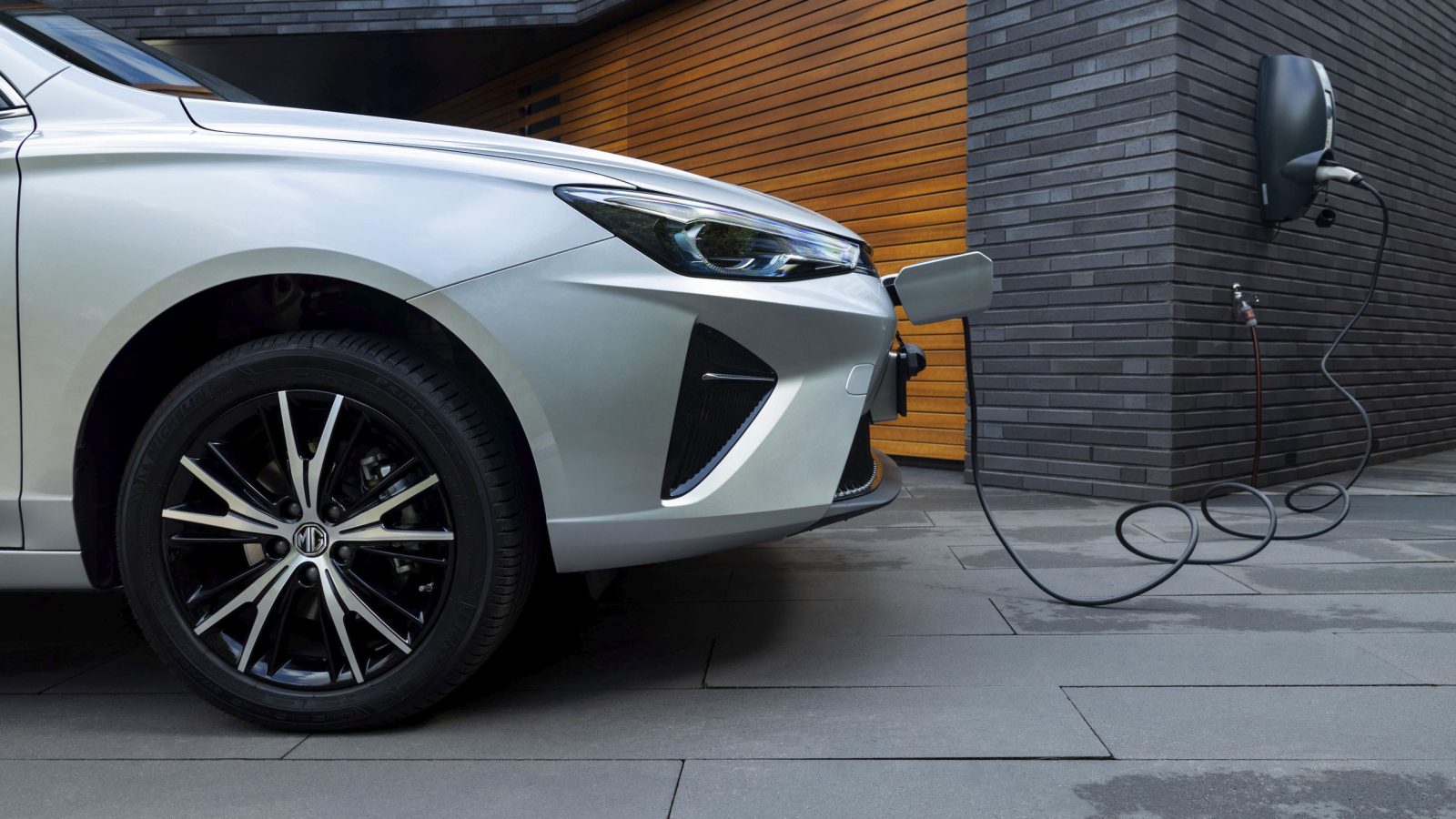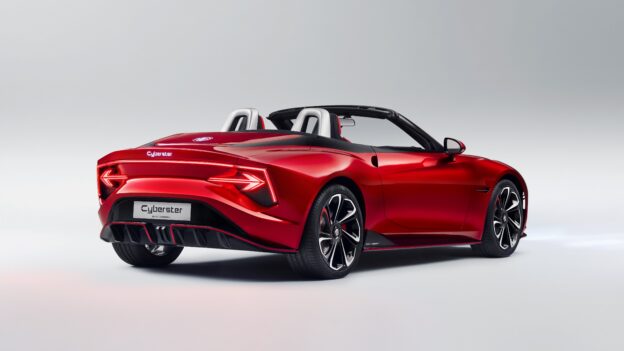What’s the difference between single-phase and three-phase charging?
Let’s start with a short explanation about electricity cables. The cable to power a regular (household) electrical device contains at least two wires: a so-called ‘phase wire’ (usually brown or black) for the power supply and a neutral wire (blue) for the drain.
In the largest part of Europe, the electricity grid uses three phase wires (3x230V) and one neutral wire. In the vast majority of our homes and office buildings, however, only one phase wire (1x230V) pops up in your home into the fuse box. This is therefore called a ‘single-phase’ connection. If you want to install an EV-charger at home and have a single-phase connection, the charger can deliver a maximum power of 3.7 kW or 7.4 kW, depending on the RCD (16 or 32 Ampere).
Three-phase connection
With a three-phase connection, as the name implies, your home’s electrical circuit is connected with three phase wires from the grid (3x230V/400V). In this case, the charge point is able to deliver 11 kW of 22 kW. Many modern homes and office buildings up to ten years old are already equipped with a three-phase connection as standard, while many homes have a three-phase connection installed afterwards. This might, for example, be necessary for the use of an induction hob as well.
11 kW on-board charger
Due to the increasing battery capacity of electric cars, it’s important that the battery can be charged at higher speeds as well. The new MG Marvel R Electric, as well as the Long Range battery versions of the renewed MG ZS EV and new MG5 Electric, have a powerful on-board charger with which the battery can be charged with up to 11 kW with alternating current (AC). That is very convenient in daily life. But the charge point must be able to supply such power. And for this, you need a three-phase connection. If necessary, you can have the RCD adapted and have a 3-phase connection installed.
At most public charge points (AC ), you can already charge with 11 kW. More than half of all public AC-chargers in Europe are directly connected to the local three-phase electricity grid. In this case, an empty battery is fully charged again in 6 to 7 hours. You can also find 22 kW charge points in Europe, with two connections so two EVs can charge simultaneously with 11 kW.




